Our digital journey
In a world where digital literacy is no longer discretionary, Navitas Skilled Futures has not only embraced technology but is leading the way, embedding innovative practices, delivery and training into all it does. This week, during Get Online Week (17-23 October), we reflect on the digital journey of Navitas Skilled Futures, which has helped bring better skills, engagement and opportunities to all its staff and students, and which it readily shares with others.

EMBEDDED TECHNOLOGY
From smart boards and Chromebooks to VR technology and classroom robots, technology is at the heart of everything at Navitas Skilled Futures.
It is something of which Program Manager Sue Valdeck is particularly proud, having worked with a progressive team of learning designers and digital leads to help guide the organisation from paper-based classrooms to a truly digital-focused business within a decade.
Sue says that evolution over the past 10 years helps explain why, when COVID lockdowns forced remote learning on educational providers, NSF was able to respond quickly and efficiently “without skipping a beat”.
“While other providers were on this big learning cycle, for us it was business as usual, because technology was already embedded in the business, in the classrooms, our learning, in everything we do,” Sue said.
Some students, especially those from refugee backgrounds, arrive at Navitas Skilled Futures with little or no digital skills, but soon learn it is just as important for social integration and economic benefits as learning English.
A recent report by Settlement Services International (SSI) and Western Sydney University found difficulties in using technology remained one of the most common barriers, alongside language, particularly for refugee women needing to access government services.
And the Australian Digital Inclusion Index tells us that one in four Australians are highly digitally excluded, particularly vulnerable members of society such as migrants and refugees, due to affordability, access issues and lack of appropriate LLND skills. Good Things Foundation is targeting these people during Get Online Week to help narrow the digital divide and encourage organisations like NSF to support people to connect safely and confidently online.
It is one of the key reasons NSF runs bespoke courses like: Digital Literacy for Job Seekers, Digital Literacy for Women, Digital Literacy for Life & Work; and special modules in Digital Health, Beach Safety and Emergency Services, which use a range of devices, apps, platforms and technologies like VR headsets to enable students to have immersive, safe experiences and learn first-hand how to connect online with key programs, services and organisations needed for daily life, further education and the workplace.
For Navitas Skilled Futures it is a wholistic effort to ensure confidence, equality, safety and accessibility for its students and communities, in a world which is increasingly becoming more and more digital.
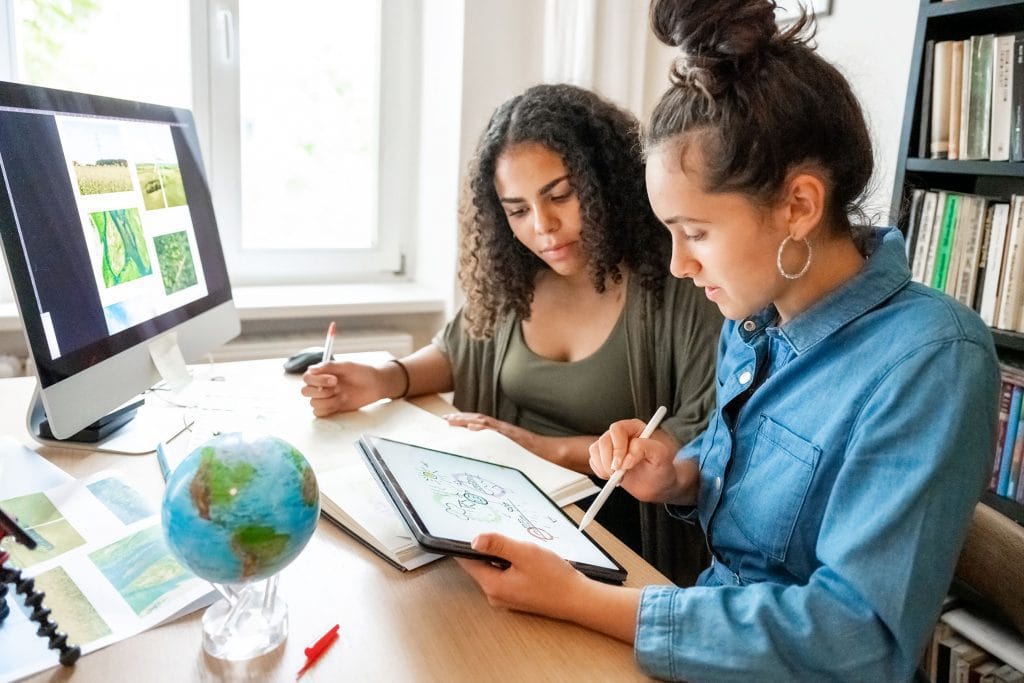
THE DIGITAL ROADMAP
Driven by a passion to provide opportunities so students can “follow their own paths to success and are not held back through lack of basic skills that many of us take for granted”, Sue and the NSF teams have researched, tested and initiated many practises that make up NSF’s digital roadmap.
That roadmap started with the introduction of a social learning platform (FUSE) in 2014, which connected disparate colleges and graphically dispersed teams, located across NSW and Canberra.
“This enabled staff to share resources and capture PD, and post it so people could comment and learn from each other,” Sue said. “It came from a real need to have a unique, connected workforce.”
The next immediate step, also in 2014, was connecting students, with iPads. It was revolutionary at the time, Sue said.
“A breakthrough moment was a video from one of the teachers with a very low level AMEP class,” Sue said. “She filmed the classroom and every pre-literate learner was engaged on their iPad, independently working through an activity on their own.
“It was silent in that classroom. They were comfortable doing it, they could test their pronunciation with headphones on, they could advance to the next level. It put the technology in their hands, instead of with the teacher, up there on the board, and allowed them to take control of [part of] their learning.”
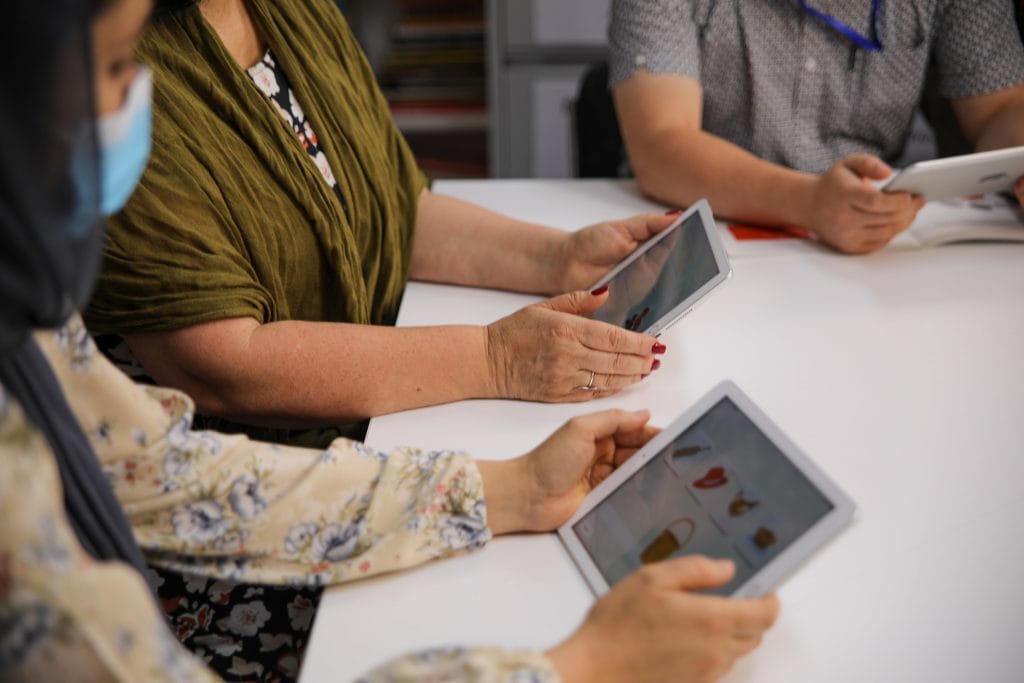
After iPads came Chromebooks, which enabled NSF students to take the learning home with them. “The benefit of a Chromebook is that once you have a Gmail account, you have access to Docs, Sheets, Slides, all the shared things, and 15 gig was all free,” Sue said. “The students were delighted; the engagement levels spiked.”
At the same time NSF piloted Canvas as a new Learning Management System. With two clicks to get to anything, and able to be accessed remotely and out of hours, Canvas offered students a way to connect with their learning materials, the college and each other, while improving their digital literacy and transferrable skills if they wanted to go on to further education, where Canvas is widely used. This was introduced across the board in 2016.
The other “cool” tool introduced to NSF at this time was Swivl, “a fantastic little classroom robot” that allowed teachers to record themselves in the classroom, or record presentations.
The Swivl Robot holds an iPad or iPhone and automatically tracks trainers wearing a marker as they walk around the classroom. Students have also used it at times to practise their oral presentations and watch themselves back. And it can also be used as a tool for hybrid learning.
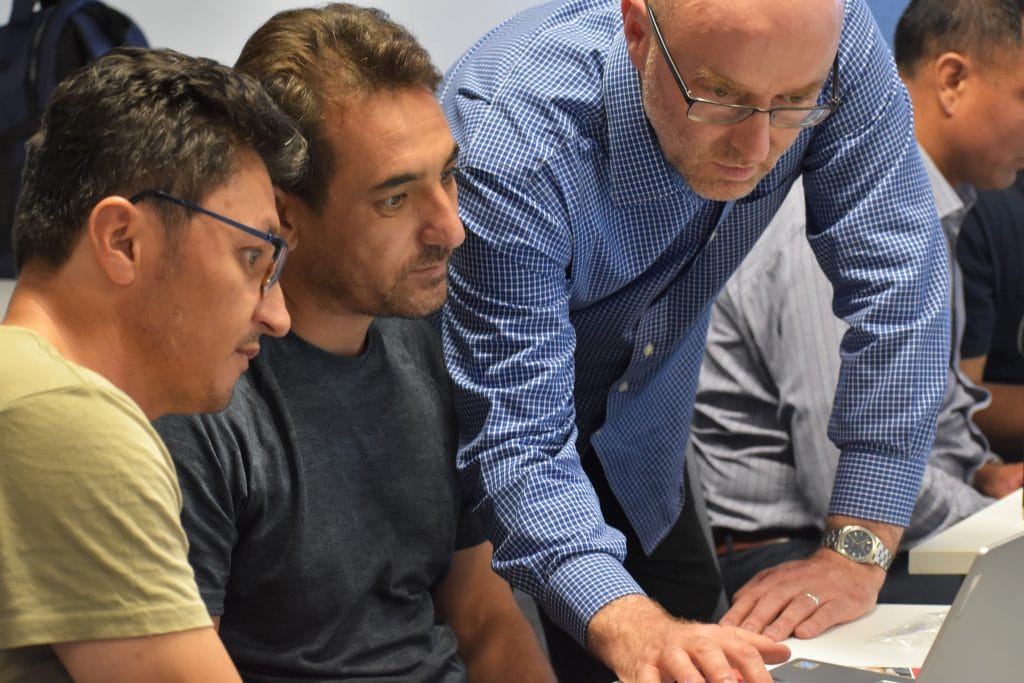
EMPOWERING STAFF
When NSF introduced Canvas they also created “Digital Lead” (DL) positions one day per week at each college to train and assist teachers, and to ensure they were comfortable using the technology.
Currently managed by Learning Designer Michelle Cowans, these DLs encourage the trainers to maximise their use of technology to make learning more engaging and impactful for students.
“The government’s Digital Literacy Skills Framework (DLSF) was introduced in April 2020 but NSF has had a digital plan, roadmap and strategy long before they put the “D” in LLND,” Michelle said.
“Way before it was released Navitas was already doing a lot of things in the space that aligns to the DLSF framework, including My Digital Handbook, to introduce CPSWE students to digital terms.
“Navitas Skilled Futures has always invested in technology where that technology has been investigated and found to have value in our programs for helping our students, and our teachers, future proof themselves.”
The DLs can also investigate and recommend new ways to use technology in the classrooms, such as classroom microphones recently introduced to assist students working remotely to hear and engage with students in hybrid classes.
“Liverpool’s DL did a whole research project on it,” Michelle said.
“And that’s what I like about the way Navitas approaches technology – it’s always with a positive ‘yes’ attitude – but we have to pilot it first.
“It’s a case of ‘Let’s investigate, let’s pilot it, and if it works, we’ll implement it. We never just go out and buy 20. We do a study, we discuss the results, and then, if we think it’s worthwhile, we go ahead with the purchase.”
Michelle said since COVID, online and hybrid learning were elements of education now here to stay and Zoom and its functions have become part of the core technology at NSF.
“Zoom continues to be viable for hybrid classes following the investigation, piloting and subsequent purchasing of these microphones across all colleges that allow for online students to hear face-to-face students and therefore feel more included in the class,” she said.
“We had another thing called the Catch Box, which we also piloted it was great. It’s a soft, spongy microphone that you can throw around the room, and people catch it and can speak into it. It worked exactly the same way as the microphone, except it’s wireless, so the teacher could just throw the catch box to the student who wanted to say something that the online students can hear.”
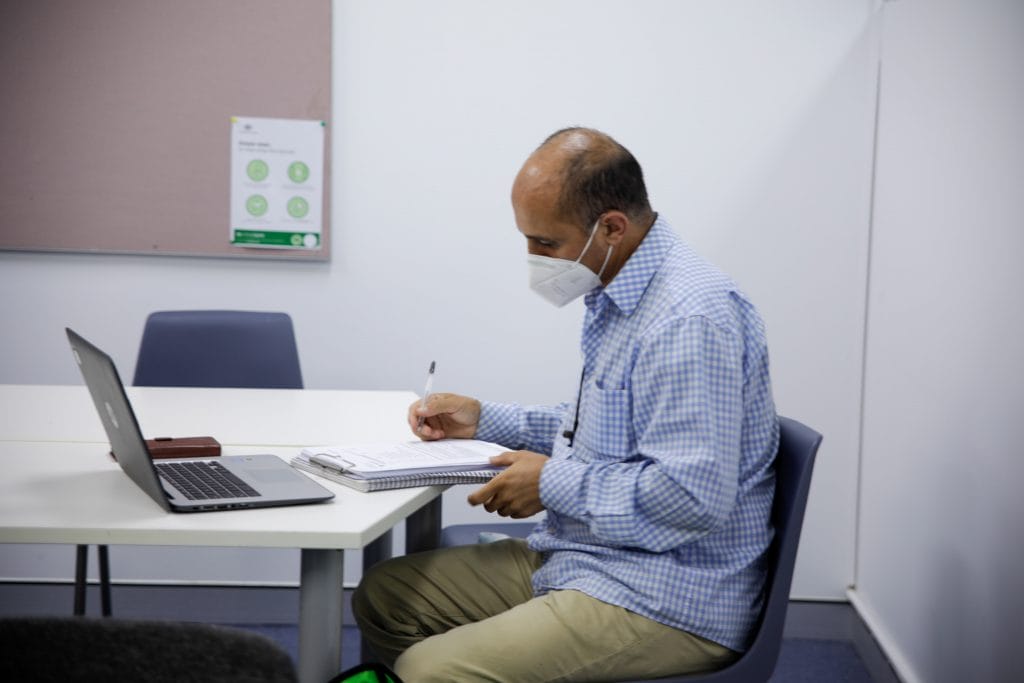
COPING WITH COVID
While other providers had to temporarily close, change practices or revert to paper-based booklets and independent learning when COVID struck, Navitas Skilled Futures was grateful for its ability to transition immediately without too much disruption.
Sue Valdeck said it was more important than ever for students to remain connected to the college and each other during this difficult and confusing period, especially for newly arrived migrants and refugees in Western Sydney.
“It was just as important for their mental wellbeing as it was for their continued learning,” Sue said.
“Navitas Skilled Futures was well-placed when the pandemic hit to move online because we had piloted the virtual classroom and the use of Zoom by students,” she said.
“The training already provided to our teachers in all aspects of our core technology, including Zoom, ensured that when the first lockdown occurred, the teachers were ready.”

“There was without doubt a period of adjustment, and the Digital Leads spent a great deal of time training teachers and students in the use of Zoom, but due to the training both teachers and students had received at the hands of the Digital Leads, the transition was far smoother than it may have been without this support.”
During both lockdowns, the digital leads were also available online for continued support in the form of drop-in clinics.
Stakeholder Engagement Manager Basim Shamaon was one of the NSF team who was integral in connecting students with the college and the wider community. He initiated and implemented the award-winning “Ask the Expert” series of online information sessions to keep thousands of people connected, informed and safe during the lockdown.
The collaborative not-for-profit project enabled government departments and service providers to reach out to people, especially in the Western Sydney community, with important information about topics like vaccinations, COVID testing, laws, curfew and financial support.
“It was very successful and was a lifeline for many people who felt isolated and confused by all the rules, which were constantly changing,” Basim said.
“COVID showed us, more than ever, there is a big need for digital literacy, especially within the CALD community. We live in a digital world, and service providers and government agencies are all moving online and expect people to be able to access their services this way. At Navitas Skilled Futures we make sure our students know how to do this.”

REPORTING AND SHARING
Michelle Cowans and the Learning Design team created a report for the government last year providing a full overview of NSF’s core technology, with information, details, statistics and case studies on all digital aspects in place, including delivery, systems, platforms and apps used, professional development and benchmarking.
She also produces a digital report each month to capture data on what technology trainers are using and how, to feedback to the business and plan ahead.
NSF is happy to share what it is doing and what it has learned with others, such as a new AMEP Digital Health Module for classroom delivery which, in addition to teaching students about digital health in Australia, also addresses the language needs of learners with activities for students to practise productive and receptive skills in order to improve their English via authentic material and content.
“We put new resources on our website, such as the English For Swimming book and resource, and will continue to create and share resources, including teacher guides, with others so they can help to integrate technology enhanced learning into their delivery,” Sue said.
“Our approach to using technology in delivery is always to meet a problem that arises, never to trial a new “toy”. It always comes back to the student journey and the student experience. What do they need to improve their settlement journey, what do they need to improve their LLND skills and what can we do to support that.”

